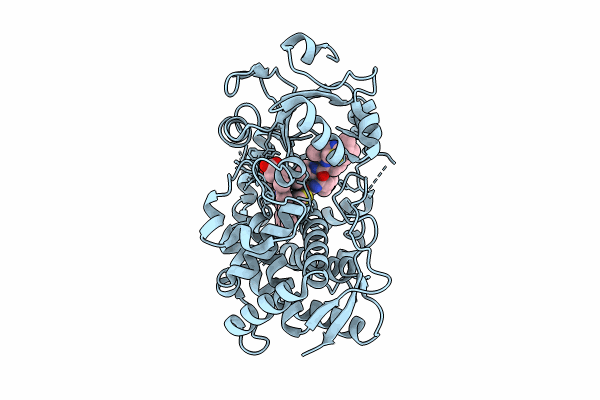
Deposition Date
2024-04-05
Release Date
2024-07-03
Last Version Date
2025-01-15
Method Details:
Experimental Method:
Resolution:
2.50 Å
R-Value Free:
0.25
R-Value Work:
0.22
R-Value Observed:
0.22
Space Group:
I 2 2 2


